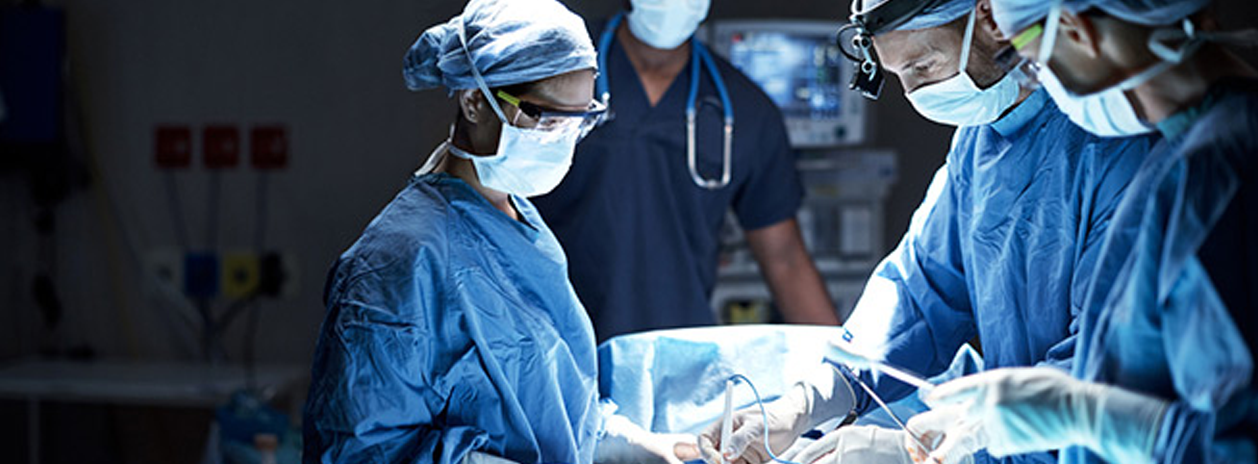Anal fissures can appear without any specific reason. They can also happen when there’s a lot of stress or pressure around the anus. This can cause a small tear in the tissue, resulting in an acute burning sensation and intestinal bleeding. Anal fissure blood is bright red and generally shows up on the toilet paper used to clean up after using the restroom. Blood that is dark red or brown could suggest a more severe ailment.

Itching and discomfort in the area and a little lump that looks like a skin tag near the anus are all symptoms of anal fissures. The fissure can be large enough to cause a noticeable crack in the area around the anus in certain circumstances.
The pain from an anal fissure might be severe enough to induce sufferers to limit their everyday activities. It can cause discomfort for several hours after using the bathroom in the most severe cases, significantly lowering the quality of life. Most anal fissures, on the other hand, heal on their own in about a month. If the discomfort lasts longer than six weeks, medical aid may be required to speed up the healing process.
If you have discomfort or detect blood in your stool when going to the bathroom, you should consult a doctor to rule out any significant causes of the pain and bleeding. While your primary care physician may examine you, you’re more than likely to be sent to a proctologist, a colon and rectal expert or a Gastroenterologist who has hands-on expertise in treating anal fissures.
A skilled doctor will be able to see the tear and provide a definitive diagnosis in most cases. The doctor will review your symptoms and medical history with you once you arrive for your consultation. The anal area will then be examined visually.
In some circumstances, the fissure may not be seen from the outside of the anal canal. Your doctor may use a short scope called an anoscope to look just within the anal canal in this case. Because pressure is exerted on the ring of muscles around the anus, a digital rectal exam, where the doctor inserts a gloved finger, is rarely utilised to identify a fissure.
Anal fissures can be excruciatingly painful, so it’s no surprise that patients seek ways to alleviate the pain. However, most tears will heal independently with a bit of time. This usually takes four to six weeks, and all you have to do is increase fibre to your diet and take laxatives as prescribed by your doctor.
If the rip does not heal after six weeks, it is diagnosed as a “chronic anal fissure,” requiring more intensive medical care. About ten per cent of chronic tears will heal on their own, but the other ninety percent will continue to produce discomfort. Furthermore, the following issues may arise:
If you are looking for the best Gastroenterologist or the proctologist in Bengaluru, you can visit Sanjeevini Hospitals. Sanjeevini Hospitals has an expert team with high-end infrastructure. The expertise doctors identify the problems and make your tailor-made treatment plan. Call us and book your appointment today.